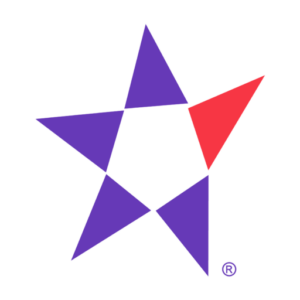PICKING A TOPIC
A project can be one or more experiments designed to answer a particular question from the Rotary Algoma STEM Fair’s seven challenge areas: discovery, energy, environment, health, information, innovation and resources. All projects will fall under one of two general categories used by the Canada-Wide Science Fair – Innovation and Discovery. The term “discovery” refers to the discovery of something previously unknown. In contrast, innovation entails creating something unique and sophisticated.
PREPARING FOR THE FAIR
When brainstorming topics, experiments, materials, and other components of your project, please reference the Youth Science Canada website for an in-depth and detailed list of rules: www.youthscience.public.doctract.com. If you are ever unsure, please feel free to contact the science fair planning committee. We would be happy to answer any of your questions.
MAKING A DISPLAY
A display can consist of backboards, title boards, presentations, and prop material. The entire display should not exceed a maximum space of 1.2 m wide, 0.75 m deep, and 3.5m high.
Science board: highlights all the key components of your project – meaning a summary of all the main parts of the scientific process. A science board can be made up of words, pictures, graphs, etc. You will also need to provide the following documentation.
Journal: a detailed account of your experimental process, thoughts and observations.
Written report: A complete Project Report usually includes the following subtitles and sections. Depending on the level of the project this may not require all the components. Some variation is allowed for innovation/study projects that do not follow an experimental protocol.
- Background: How your project came to be.
- Purpose: Why your project was conducted and what you hoped to achieve.
- Hypothesis: Your proposition to be tested, if applicable.
- Procedure: A brief outline of the materials and methods used.
- Results/Observations: A summary of the results of your experiment, innovation or study.
- Conclusions: What can be concluded from your results and why it is important.
- Acknowledgements: Recognition of those individuals, institutions and businesses that provided significant assistance. References: Detailed references are mandatory for any specific literature referred to in the text of the report.
Items not permitted to be part of the display: Glass, breakable (e.g. porcelain), dangerous noxious, chemical, living, or explosive materials. No powder, sand/grit, or liquid will be permitted.
